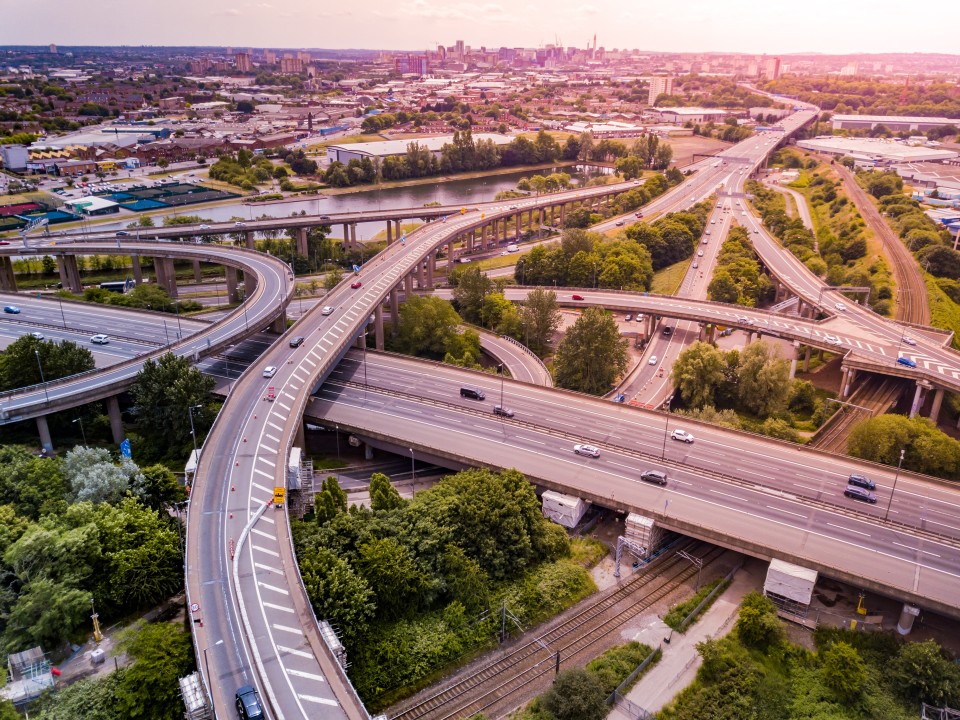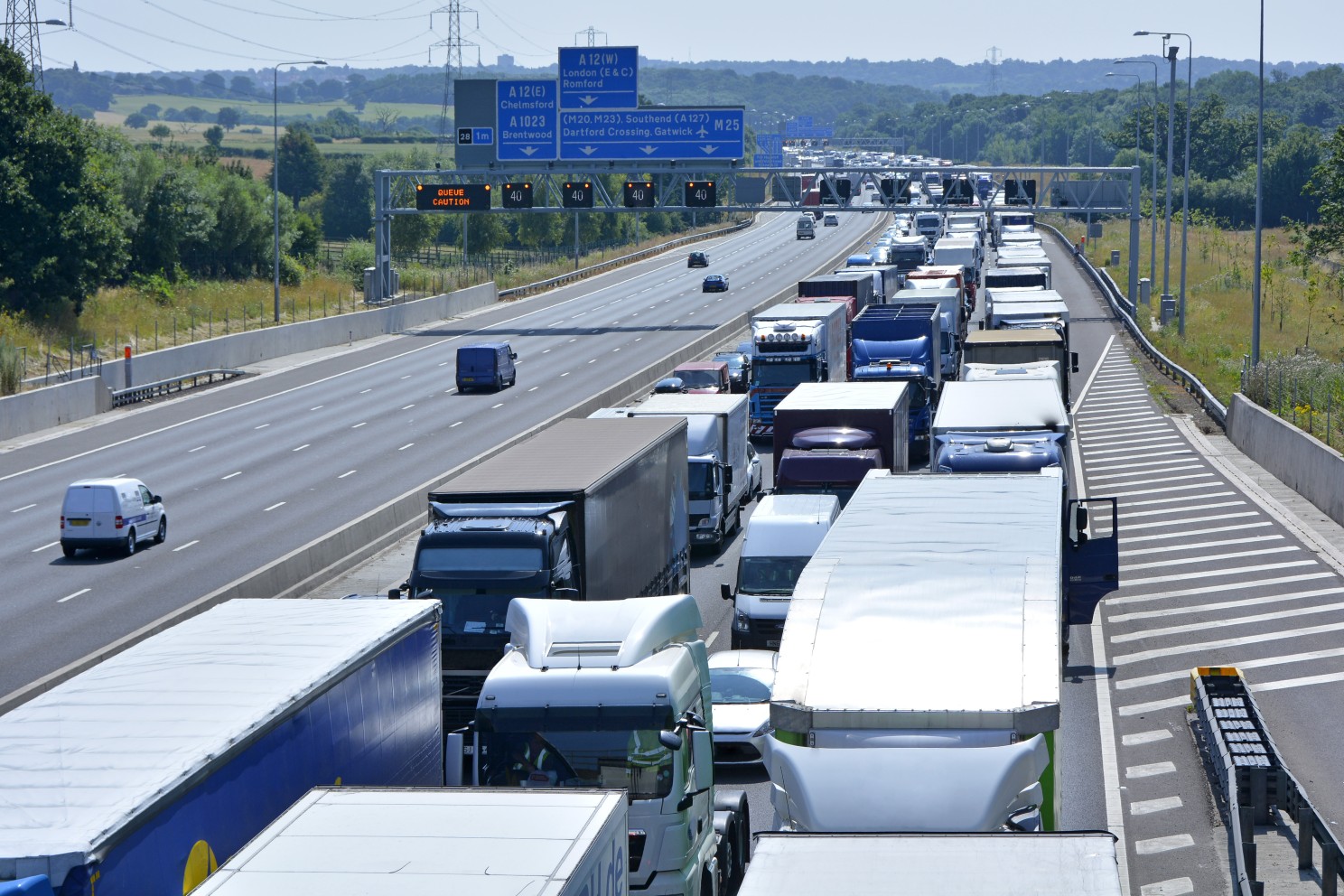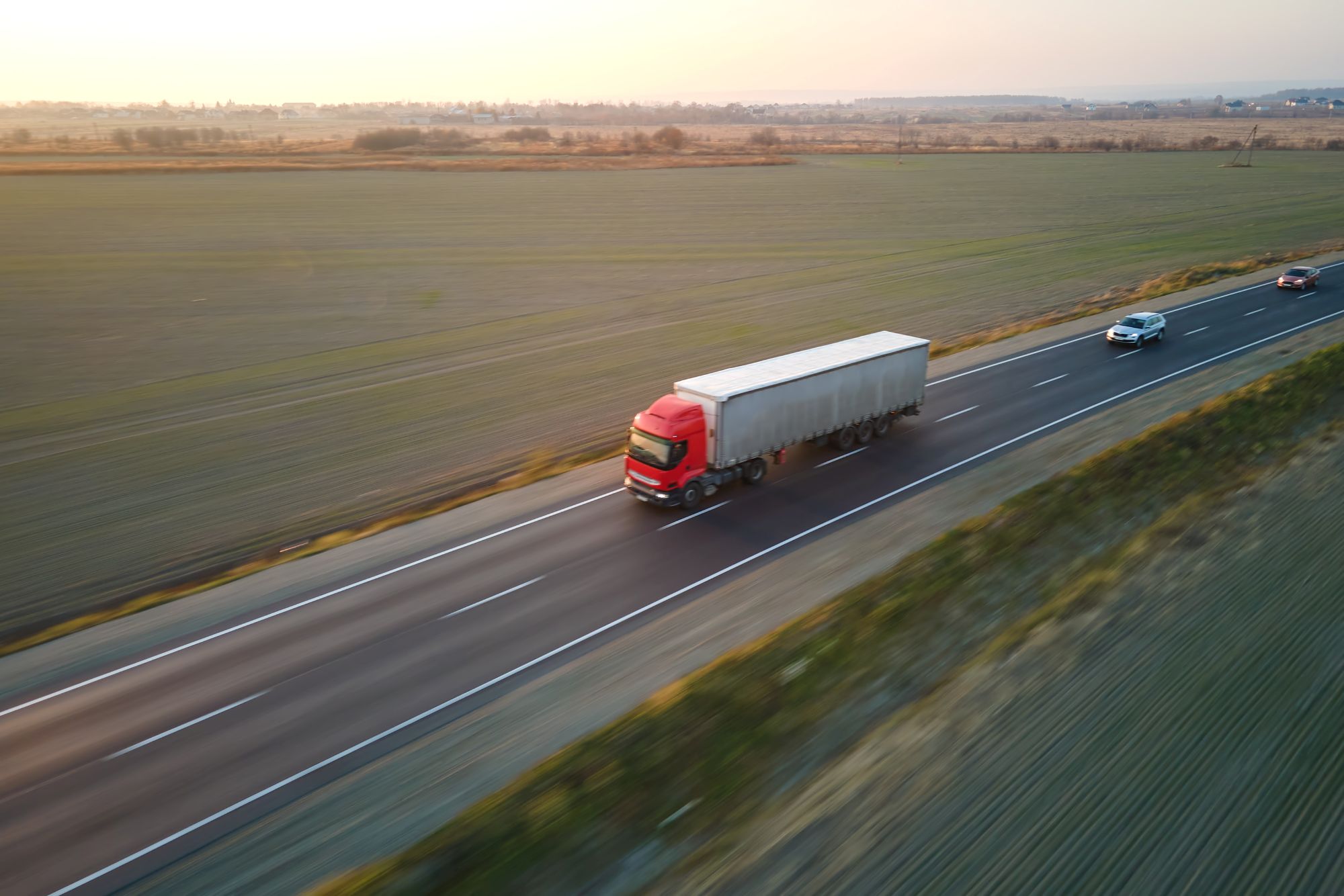
Susie Jones
Network North: Milyen előnyökkel jár ez a tehergépkocsivezetők számára?
Létrehozva: 12. 08. 2024
•
Frissítve: 12. 08. 2024
Október elején a kormány bejelentette, hogy a HS2-t elveti, és a finanszírozást az ország közlekedési infrastruktúrájának javítására fordítja - a Network North nevű projektre. A projekt 36 milliárd fontot biztosít a főutak javítására, amelyek az autósok számára vitás kérdéssé váltak. A bejelentés sokakat meglepett, de mit jelent ez a teherautó-vezetők számára, akik vég nélkül áthaladnak ezeken az utakon?
Meglévő útjavítási programok
A kormány növelni fogja a legtöbb meglévő főúthálózati és nagy helyi főúti projekt finanszírozását. Ezek a rendszerek 85%-ról 100%-os hozzájárulásra emelkednek, hogy biztosítsák megvalósításukat. Az útjavítási programok listája a gov.co.uk oldalon érhető el. Az ezekre a programokra fordított többletfinanszírozás országszerte javítani fogja az utak hatékonyságát.
Stratégiai úthálózati tervek
A stratégiai úthálózati rendszer célja a torlódások csökkentése és a zökkenőmentesebb utazás biztosítása az utakat gyakran használók számára. Üdvözlendő előrelépés a tehergépkocsi-vezetők számára, akiknek a megálló forgalomban való ücsörgés már megszokottá vált.

The North
M6 15-ös csomópont - Az Egyesült Királyság egyik legforgalmasabb útszakasza, amelyet naponta több mint 127 000 jármű használ, és amely régóta szenved a nagy torlódásoktól és a kiszámíthatatlan menetidőktől. A felhajtóút szűk kanyarjai kihívást jelentenek a tehergépkocsi-vezetők számára - ami felborulásokat és megnövekedett forgalmi késéseket okoz. Az ígért változtatásoknak csökkenteniük kell a torlódásokat és javítaniuk kell a csomópont biztonságát.
Két projekt a Manchester északnyugati kvadránsban - Az M60-ason naponta 180,00 utaznak az ingázók és a távolsági autósok. Az északnyugati kvadráns-projektek célja a J12-J18-as csomópontok elkerítése és a 12-es, 13-as és 14-es csomópontok átalakítása. Más kiegészítések, mint például az A57-es út összekötő útja és a kilences, tízes, tizenhetes és tizennyolcas csomópontok kapacitásnövelése javítani fogja a torlódásokat és a menetidőt.
A1 Morpeth és Ellingham között - A 12,8 mérföld hosszúságú szakaszon a javaslat óta fejlesztési késésekkel kell számolni. A Network North projekt célja azonban, hogy az útszakasz kiszélesítésével elindítsa a fejlesztéseket - javítva a menetidőt, a biztonságot és a rugalmasságot.
Midlands
A5 Hinckley és Tamworth közötti útszűkület - Bár további részleteket még nem hoztak nyilvánosságra, azt sugallják, hogy a torlódások enyhítése kiemelt szerepet kap a tervekben.
A50/A500 folyosó fejlesztése Stoke és Derby között - A csúcsidőben átlagosan 20 mérföld/óra alatti sebességgel ez az útvonal lassúnak és megbízhatatlannak bizonyult a teherautó-vezetők és az ingázók számára. A Network North program valószínűleg:
17 760 új munkahelyek létrehozása 2061-ig.
2061-ig 21 538 népességnövekedés a térségben.
A következő 60 évben a bruttó hozzáadott érték (GVA) [12,04 milliárd font] (https://www.midlandsconnect.uk/projects/roads/a50a500-corridor/) növekedését látja.
South East
- A2 Brenley Corner - Kent legforgalmasabb csomópontjaként ismert, a Network North ígéretet tesz arra, hogy beruházásokat hajt végre ezen a területen - fantasztikus hír a Doverbe tartó teherautó-vezetők számára. A fejlesztési tervekkel kapcsolatos további részletek még nem kerültek nyilvánosságra. A Brenley Corner javítására vonatkozó tervek azonban már 2021 óta szóba kerültek.
Skócia
- A75-ös fejlesztések Gretna és Stranraer között - Az A57-es útnak nagy szüksége van a dualizálásra, mivel jelenleg a tehergépkocsivezetők számára csak 40 mérföld/órás sebességkorlátozás van érvényben, ami torlódásokat és hosszú késéseket okoz. Az Észak-Írország és Nagy-Britannia közötti létfontosságú kompkapcsolatként az ezt a kapcsolatot használó tehergépkocsi-vezetők nagy hasznát veszik majd a projektnek.

A jobb közúti infrastruktúra enyhíti a torlódásokat, értékes időt és üzemanyagköltséget takarít meg a teherautó-vezetőknek, ami hozzájárul a gyorsabb szállítási időkhöz. A Network North program a biztonság és a hatékonyság növelése révén a tehergépkocsi-vezetők és más úthasználók életét kívánja javítani.
Hányan mennek át első alkalommal a tehergépjármű-vizsgán?
A [Statista] (https://www.statista.com/statistics/301439/lgv-practical-driving-tests-taken-and-passed-in-the-united-kingdom/#:~:text=The%20pass%20rate%20was%20consistently,58%20percent%20by%202020%2F2021.) jelentése szerint 2007 és 2021 között a tehergépjárművek gyakorlati vizsgáján a sikeres vizsgák átlagos aránya 50% körül volt. A gov.co.uk adatai szerint 2022-2023-ban az Egyesült Királyságban a férfiak 75,9%-a ment át a HGV-vizsgán, míg a nők 75,9%-a ment át.
Stresszes a teherautó-vezetés?
Mint minden szakmában, itt is vannak stresszes dolgok. A szeretteitől távol töltött hosszú órák sok sofőrnél magányt és elszigeteltséget okozhatnak. Emellett a teherautó-vezetés időnként nagy nyomást gyakorol - szoros szállítási határidőkkel és kiszámíthatatlan időjárási körülmények között való navigálással.



